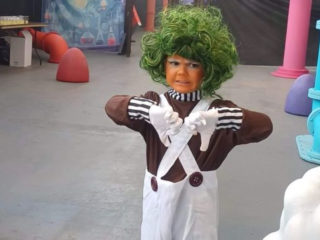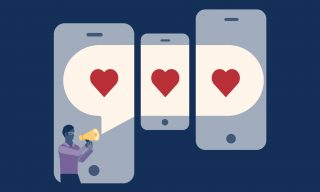1. A TikTok Ban in the US

What happened?
The US House of Representatives passed a bill requiring TikTok’s owner, ByteDance, to sell the platform or face a ban. This action is part of a broader concern over national security and data privacy, with fears that the China-based company could misuse US user data.
How did it work on social?
Concerns have been raised over TikTok’s potential to collect sensitive user data and censor content in line with Chinese government interests. The bill’s passage through the House marks a significant step in the political battle over these issues, reflecting bipartisan concern over the app’s influence and the security of US user data.
What made it newsworthy?
TikTok’s appeal lies in its unique algorithm, ease of content creation, and being a platform for viral trends making it culturally significant, especially among younger demographics. It’s become a vital space for community, creativity, and expression, drawing in 170 million US users last year.
Why is it important for brands?
The potential TikTok ban could disrupt many brands and creators who’ve built their presence on the platform, forcing them to seek alternative platforms or consider other subscription models. This situation highlights the importance for brands to diversify their social presence across multiple platforms to mitigate risks and maintain stability.
2. The Kate Middleton photo scandal

What happened?
The controversy revolves around Kate Middleton, Princess of Wales, and her recent absence from the public eye, further fuelled by a manipulated photograph released by the palace. This situation has led to widespread speculation and debate over digital trust, the authenticity of images in the era of advanced AI, and the public’s expectations from figures like the royal family.
How did it work on social?
The edited photo spread quickly on social media, where people started guessing why it was altered. This shows how fast images can travel online and how closely people look at and question what they see, especially when it involves well-known figures.
What made it newsworthy?
People were curious because the photo might have been made by combining different pictures, and it involved someone from the royal family. The bigger picture of how technology changes images and the difficulty in telling real from fake sparked interest and concern.
Why is it important for brands?
For brands, this story is a reminder of how important it is to be clear and honest about how they present images and use technology. As people become more aware of and worried about photo editing, brands need to focus on being genuine and transparent. This helps in maintaining the trust of their audience in an era where trust can be hard-earned.
3. A not-so-magical Willy Wonka Experience

What happened?
The “Willy Wonka Experience” right here in Glasgow, marketed with AI-generated images for a £35 ticket, promised an exciting chocolate adventure inspired by Roald Dahl. In reality, it failed dramatically, leaving families disappointed – turning the disparity between its AI-created fantasies and the disappointing reality into a viral sensation.
How did it work on social?
Attendees shared their experiences online, contrasting the magical AI imagery with the event’s poor execution. Images, especially a dispirited Oompa Loompa and the introduction of a fictional villain, “The Unknown,” quickly became memes, amplifying the event’s reach.
What made it newsworthy?
The event went viral on social media because the actual experience didn’t live up to the exciting world promised by the AI-generated adverts. People enjoyed talking about how the ads didn’t match reality. Meanwhile The Unknown caught everyone’s attention and turned into a meme with different relatable scenarios.
Why is it important for brands?
This incident points out for brands the need for authenticity in AI-generated marketing and the potential backlash when failing to meet expectations. Despite being viral for the wrong reasons, it serves as a lesson in the importance of accurately reflecting the consumer experience in promotions, offering brands a chance to distinguish themselves by prioritising genuine, quality experiences over misleading hype to build trust and credibility with their audience.



